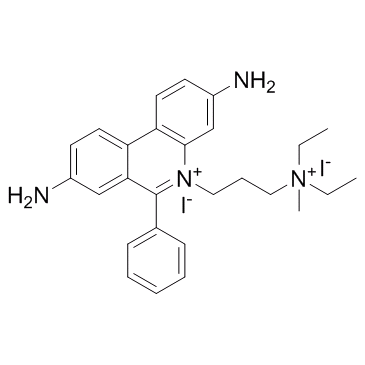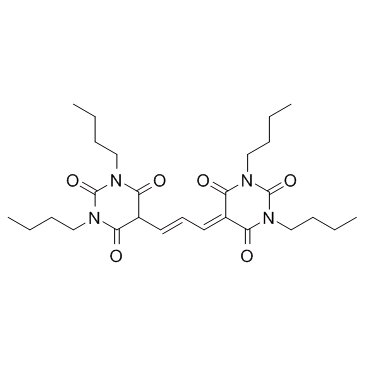| Structure | Name/CAS No. | Articles |
|---|---|---|
 |
Sodium hydroxide
CAS:1310-73-2 |
|
 |
3-Ethyl-2,4-pentanedione
CAS:1540-34-7 |
|
 |
Propidium Iodide
CAS:25535-16-4 |
|
 |
DiSBAC2(5)
CAS:70363-83-6 |